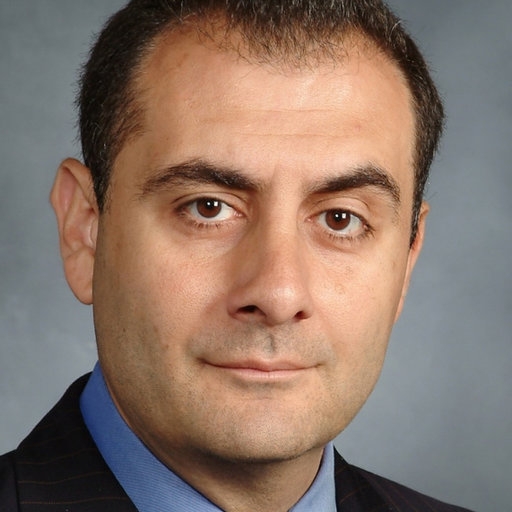
Dr. Michel Kahaleh
When patients with an inflamed pancreas develop the potentially fatal complication of infected or dead tissue, the standard cure - surgical removal of the rotted tissue - comes with its own risk: a 56 percent chance of dying. Treating pancreatic necrosis by threading surgical instruments through a lighted tube called an endoscope is effective and safer, Weill Cornell physicians concluded in a recent study.
The doctors, led by Michel Kahaleh, chief of endoscopy and professor of clinical medicine, examined the records of 17 patients whose infected pancreatic tissue was drained and removed through endoscopic necrosectomy with or without the guidance of endoscopic ultrasound, a technique increasingly used at expert centers. Fifteen of the patients - 88 percent - experienced a complete response and didn't require any further intervention, according to the study, which was published in the Journal of Clinical Gastroenterology in June 2013.
The technique has the additional advantage of requiring fewer hospital stays than a surgical approach. Other alternatives to open surgery require patients to wear a catheter under the skin for an extended period of time and to undergo multiple sessions to drain the infected area. These options can also be complicated by drain lumen obstruction, secondary infections and formation of artificial tracts through the skin and bowels known as fistulas.
"In an era where aggressive and costly interventions are scrutinized, this technique offers a safe, fast and cost-effective approach to infected pancreatic necrosis," Dr. Kahaleh said.
Instead of performing debilitating surgeries, doctors in the study used an endoscope to construct a new tract from the inside of the stomach into the pancreas. After creating the opening, they placed a fully covered large stent -typically used in the esophagus - across the tract with the back end in the pancreas. The procedure allowed physicians to use the stent as a conduit through which they could safely remove the infected tissue from the pancreas using the endoscope.
About 20 percent of patients with acute pancreatitis develop pancreatic necrosis, with up to 39 percent of them dying from the complication. Traditional surgical removal of the diseased tissue is associated with morbidity of up to 92 percent, according to the study.
